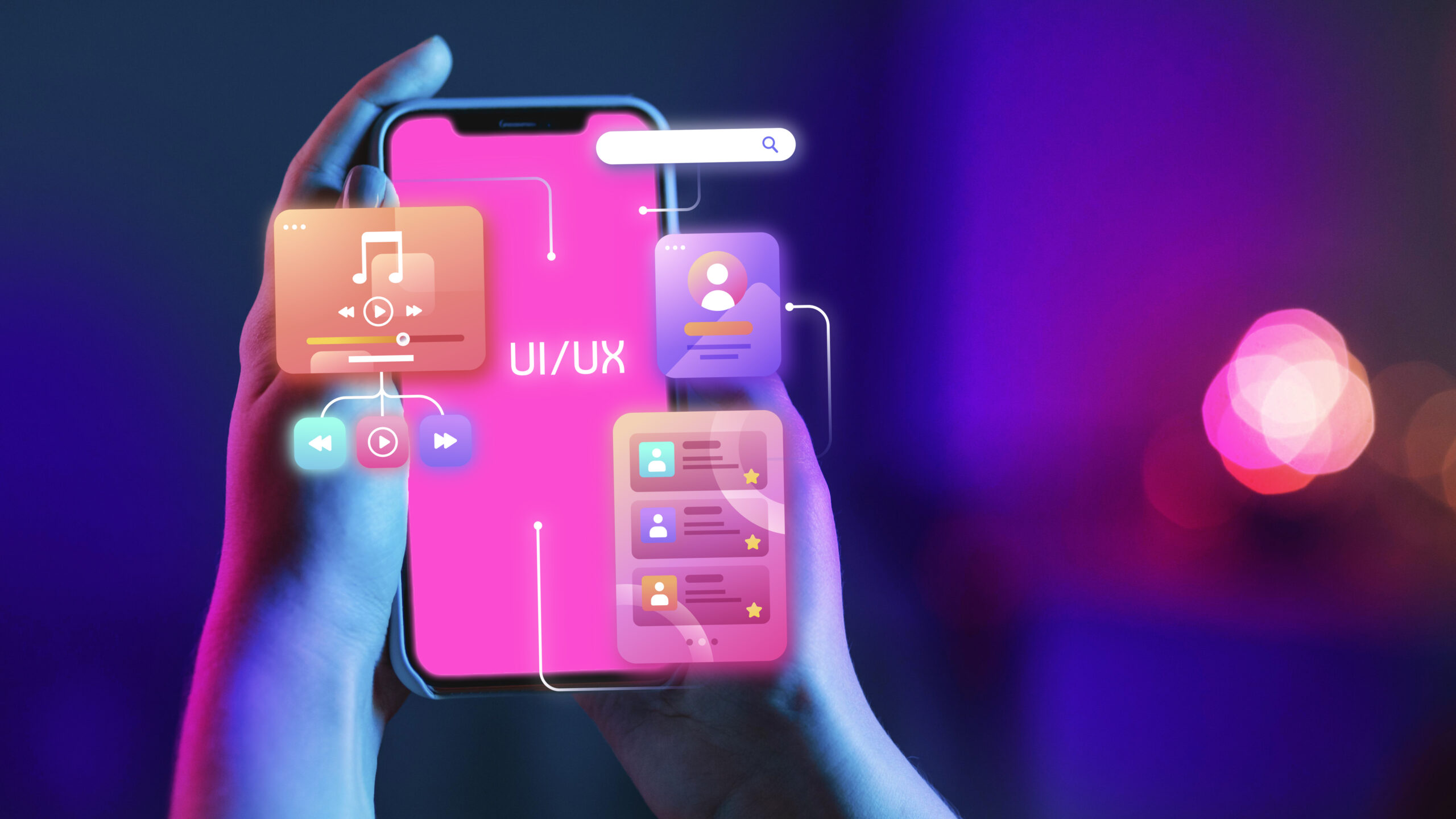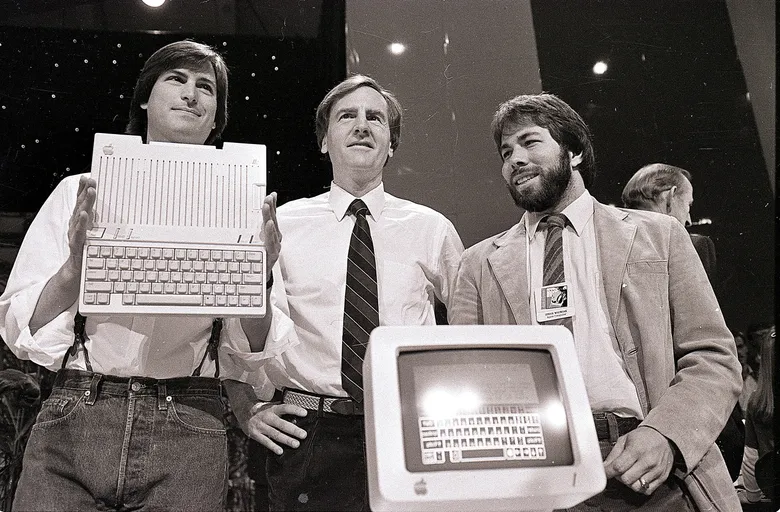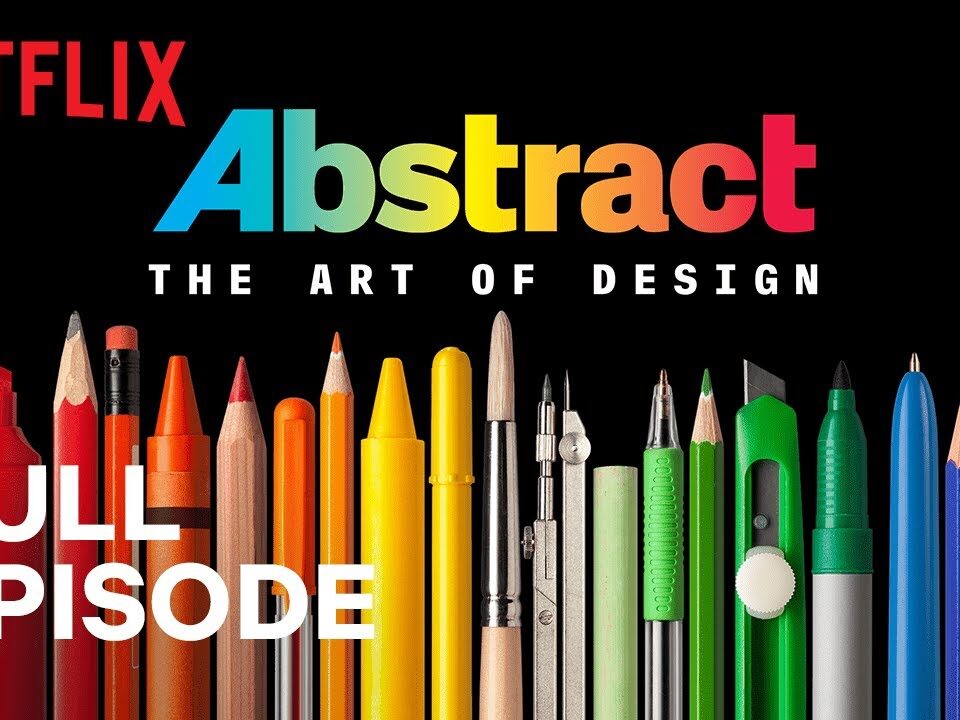
As the world continues to progress towards the next generation of the web, it is becoming increasingly evident that personalization will play a critical role in shaping the future of online experiences. Web 3.0 promises to be smarter, more intuitive, and more personalized than ever, and designers have the opportunity to leverage emerging technologies like machine learning and predictive analytics to deliver personalized experiences that meet the unique needs and preferences of individual users.
Personalization is all about creating experiences tailored to the individual. It’s about understanding each user’s specific needs, wants, and behaviors and providing content and interactions that resonate with them on a personal level. By leveraging data and analytics, designers can gain valuable insights into user behavior and preferences, enabling them to create highly relevant and engaging experiences.
Machine learning and predictive analytics are two key technologies that enable designers to create highly personalized web 3.0 experiences. Machine learning algorithms can analyze large amounts of data and identify patterns and trends that would be impossible for humans to detect. This allows designers to understand user behavior and preferences on a much deeper level and create personalized experiences for each individual user.
Predictive analytics goes a step further by using machine learning algorithms to make predictions about user behavior and preferences. By analyzing historical data, designers can predict what a user is likely to do next and adapt their experience accordingly. For example, if a user has already shown interest in a certain product, a website can use predictive analytics to recommend other products they are likely to be interested in.
The power of personalization in Web 3.0 is immense, and designers who embrace it will have a significant competitive advantage. By creating personalized experiences for each user, designers can increase engagement, build brand loyalty, and drive conversions. However, it is important to emphasize that personalization must be done responsibly and ethically. Users should have control over their data and be able to opt out of personalized experiences if they choose.
In conclusion, the power of personalization in web 3.0 cannot be overstated. By leveraging emerging technologies like machine learning and predictive analytics, designers can create experiences that are highly personalized and relevant to each individual user. As we move towards a smarter, more intuitive web, personalization will become an essential component of successful online experiences.



